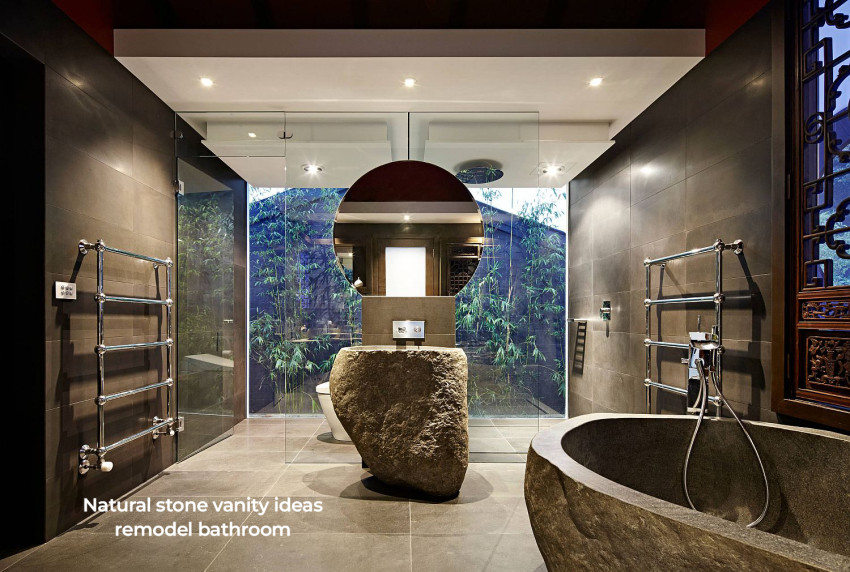
When it comes to bathroom countertop design, the choice of color and texture can significantly impact the overall aesthetics and functionality of the space. Beyond mere practicality, these design elements contribute to the atmosphere, mood, and style of your bathroom. In this article, we will delve into the profound influence of color and texture on bathroom countertop design and how thoughtful choices can elevate your bathroom to a sanctuary of style and sophistication.
Color Psychology in Bathroom Design:
Colors evoke emotions and set the tone for a space. In the bathroom, where relaxation and rejuvenation are key, the right color palette can make all the difference. Light and neutral tones such as whites, creams, and light grays create a sense of cleanliness and tranquility, making the space feel open and airy. These colors are timeless and offer a versatile canvas for various design styles.
For those seeking a bold and dramatic look, deeper hues like navy, emerald green, or charcoal gray can add a touch of luxury and sophistication. Darker colors, when balanced with adequate lighting, can create a cozy and intimate atmosphere, transforming your bathroom into a personal retreat.
Texture for Tactile Appeal:
Texture plays a crucial role in adding depth and character to bathroom countertops. A smooth, polished surface can impart a sleek and modern feel, perfect for contemporary designs. Alternatively, textured surfaces such as honed or leathered finishes provide a tactile appeal, creating visual interest and a sense of warmth.
Natural stone materials like granite or marble offer unique textures that bring an organic and luxurious touch to the bathroom. The inherent variations in patterns and veining make each countertop a work of art, contributing to the overall richness of the space. Additionally, engineered materials like quartz can mimic the look and feel of natural stone while offering greater durability and a consistent texture.
Harmonizing Colors and Textures:
Achieving a harmonious balance between color and texture is key to creating a cohesive and visually appealing bathroom design. Consider combining light-colored countertops with subtle textures for a contemporary and spa-like ambiance. On the other hand, pairing darker countertops with contrasting textures can add depth and create a striking focal point.
It's essential to take into account the existing elements in the bathroom, such as cabinetry, flooring, and wall colors, to ensure a seamless integration of the countertop design. Experimenting with samples and considering natural and artificial lighting conditions will help in making informed decisions about the final color and texture choices.
Conclusion:
The world of bathroom countertop design, the impact of color and texture goes beyond mere aesthetics. It influences the overall mood, functionality, and style of the space. Whether you opt for a timeless and serene look or a bold and expressive design, thoughtful consideration of color and texture will undoubtedly elevate your bathroom to a sanctuary of elegance and sophistication. So, unleash your creativity, experiment with various combinations, and transform your bathroom into a haven of style and comfort.




